Today I am talking everything lampshades! From picking the right size and shape to making your own cover. When to choose a fun pattern or color, and when to keep it simple. I am also sharing shades from around my home, plus shopping links for some fun shades I love!
Lampshades As Home Decor
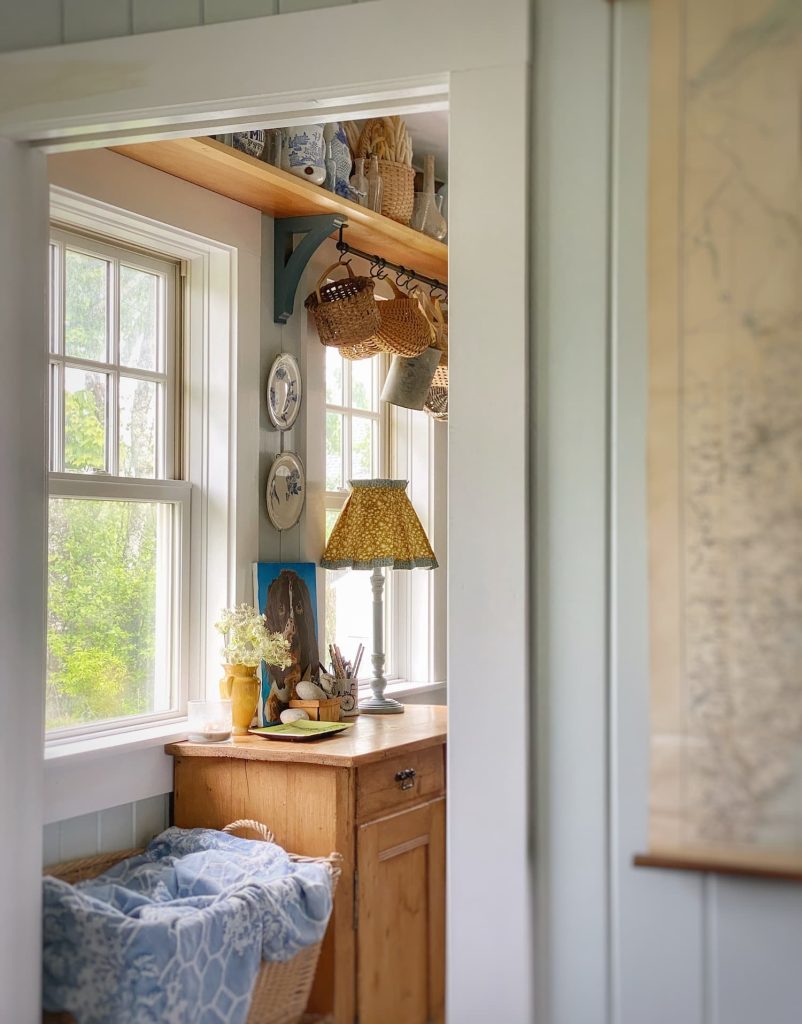
You have heard me say it before.
(And you will certainly hear me say it again.)
“Design is in the details.”
Today I am talking about how this applies to the humble lampshade.
Maybe not something you really think of as a design element.
Because, really, a lampshade’s basic purpose is simply to soften and diffuse the harsh glare of the light bulb, creating an ambient light that is easier on the eyes.
But the right lampshade can also be a small but mighty home decor accessory.
It is the detail that can take your lamp from okay to wow, making the entire design of your room more complete.
They are a way to add another layer of color, pattern, and texture to your space. And that is always a good thing in my book!
These days there are more fun lampshade choices than ever.
And even if you can’t afford that beautiful shade you are coveting (they can be pricey), I will show you how you can easily customize the basic shade that came with your lamp to create something unique just for your home.
And it won’t break your piggy bank!
Before we get started with the fun stuff, though, let’s get the math of the way…
How To Choose The Right Size Lampshade For Your Lamp
There are numerous simple formulas to help you choose the right size lampshade for your lamp.
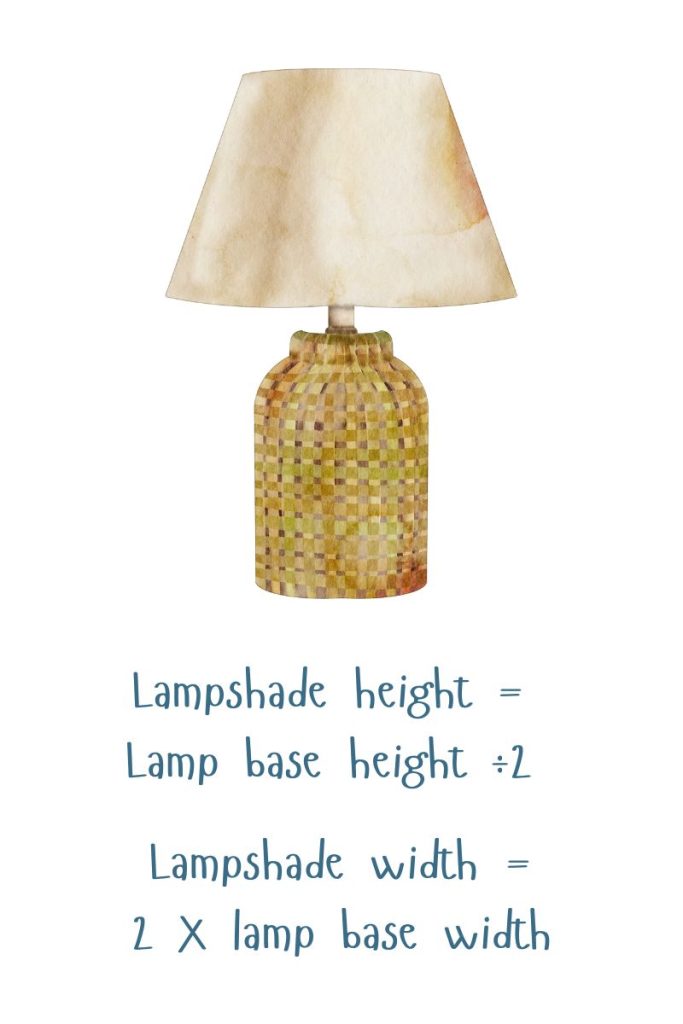
The Chairish website gives this formula for calculating shade size:
Lamp Shade Height = lamp base height ÷ 2
Lamp Shade Width = 2 X lamp base width x 2*
*note this equation will yield the minimum diameter your shade should be.
Shades of Light says that your shade height should be 2/3 the size of the height of your lamp. And the bottom width should be within two inches of the height of the lamp. Or, twice the width of your lamp base. (The same as Chairish.)
So, while there are formulas, there are no hard and fast rules.
You need to determine the proportions that you like for your lamp.
Generally, though, from a visual standpoint, only 1/2″ of the connecting neck should be showing and none of the lamp’s mechanics (such as the harp and lightbulb base).
And the shade should be at least a little wider than the widest part of the lamp.
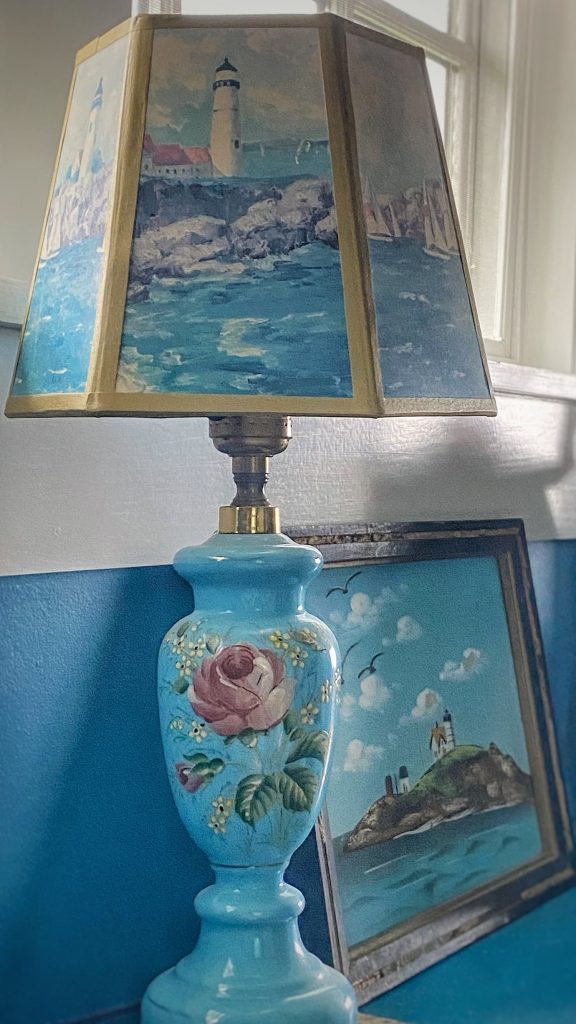
AROUND MY HOME
The vintage cardboard lampshade I added to this sweet lamp definitely sits too high.
See how a good part of the bulb socket shows?
It is such a fun combination, though.
I will see if I can find a smaller/shorter bulb that works, so the clip-on shade sits lower.
I would say you need only concern yourself with exact measurements if you are ordering a shade online. Otherwise try a few shades on your lamp and see which one looks best to you.
It is your home, afterall!
Lampshade Hardware
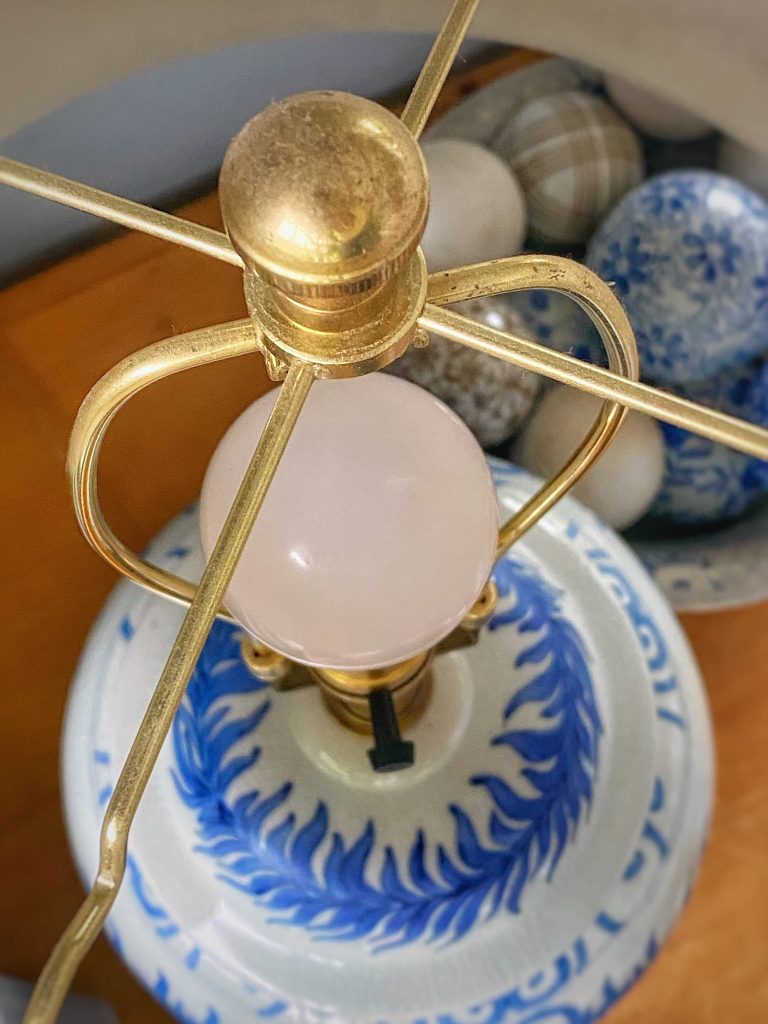
AROUND MY HOME
Pictured here is a Spider fitter with a harp and finial.
I lied.
There is one more not-so-fun section before we get to the pretty stuff.
There are a few pieces of lampshade hardware that you should be aware of in order to select the correct shade for your lamp.
Fitters
The fitter is the piece that attaches the shade to the lamp.
They come as part of the shade, so you need to buy one with the fitter that matches your lamp hardware.
There are four common types: Spider, Uno, Clip-on, and Euro.
This article from The Spruce goes into detail about each type if you are curious to know more.
Otherwise, just be aware, so you buy a shade that has the correct fitter for your lamp.
Harp
The harp is an inverted U-shaped metal piece that is used to attach a Spider shade to the lamp.
One of the nice things about harps is that they come in different heights (and some are even adjustable), so that you can lower or raise where the shade sits just by changing or adjusting the harp.
Finial
The finial is a small piece that screws on to secure a lampshade with a Spider fitting to the top of the harp.
You can choose one that is unobtrusive and purely functional or go with something ornamental that adds extra personality to your lamp.
Different Lampshade Shapes
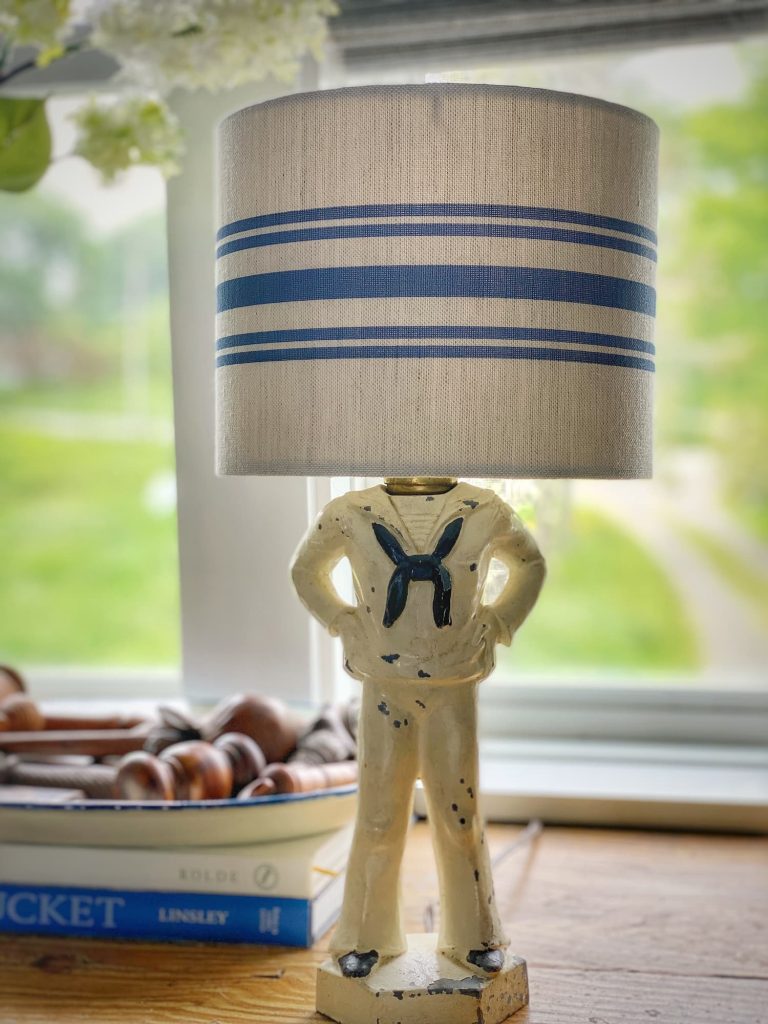
AROUND MY HOME
Everyone’s favorite sailor lamp wears a simple striped drum shade.
Okay, now let’s get to the decorative part!
Starting with different lampshade shapes.
The 5 shapes you will encounter most frequently are:
Drum or Cylinder Shades
These are simple round shades with straight or slightly tapered sides.
Drum shades are shorter in height, resembling (surprise!) a drum.
Cylinder shades are taller, but I have heard them called drum shades too.
This is the most basic shade, with a clean modern aesthetic.
It is the shade that you will most likely find on a lamp you get from someplace like HomeGoods.
It is a great match for a lamp with a lot of decorative detail.
For a more simple lamp, I think it is nice to add some interest with a patterned drum shade. The good news is that drum shades are very easy to cover yourself!
Empire
A classic!
The empire shade looks great on just about any lamp.
It is perfectly tapered, with the top diameter one half the size of the bottom.
Bell
The bell shade is tapered like the empire. It has a bit of a flare at the bottom, though, like a bell.
I think they are the most elegantly-shaped shade, lovely with a classic lamp!
Square or Rectangle
Square or rectangle shades are just what they sound like.
They provide a modern aesthetic, ideal for a contemporary interior.
A square or rectangle shade could also be used to update a traditional lamp.
Oval
Oval-shaped shades are best with oval or rectangular lamps.
Other shade shapes are pagoda, coolie, and chimney. They are less common, but could be exactly what your lamp needs!
Patterned Shades and More
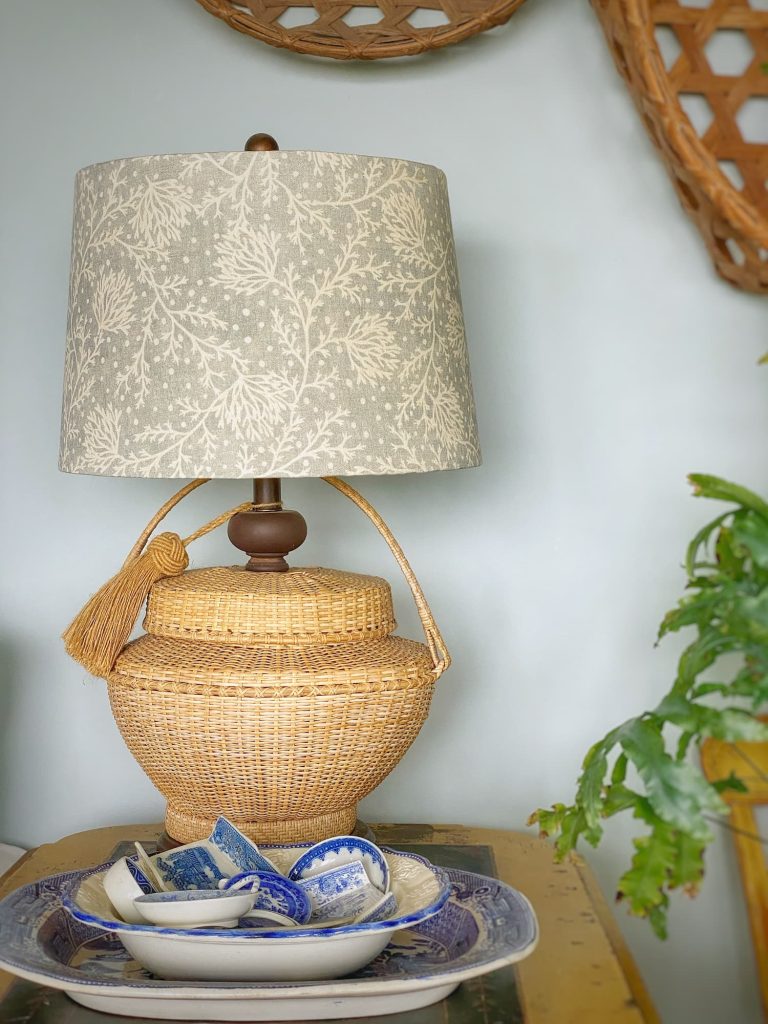

When it comes to lamp shade materials and design, the sky is the limit!
Shades are most commonly covered in fabric, but there are also paper, metal, glass, plastic, and various natural materials.
Each material has its own aesthetic .
Cotton fabric has a traditional look. Linen is relaxed. Silk is elegant. Burlap adds great texture and is a nice contrast to a traditional ceramic lamp.
A shade covered in patterned fabric can make a real design statement in a room. Keep the fabric smooth against the shade when you want to showcase the pattern.
A gathered or pleated fabric shade is perfect for both traditional and cottage style. For some real fun, top a ginger jar lamp with a coordinating shirred patterned lamp shade!
I have a number of paper shades on light fixtures in my house because they are more resistant to coastal moisture than fabric.
I love the wicker and rattan shades that are so popular these days. They add such great texture to a room. And even better if they have a sweet scalloped bottom! Can you believe I don’t yet have one in my home?
Customizing Your Own Fabric Lampshade
We have talked about all the fun decorative fabric lamp shades available these days.
The down side is that they can be pricey.
Don’t fret!
There are a number of ways you can customize that shade you already have (and that already fits your lamp), to take it from drab to fab!
Cover a shade in fabric
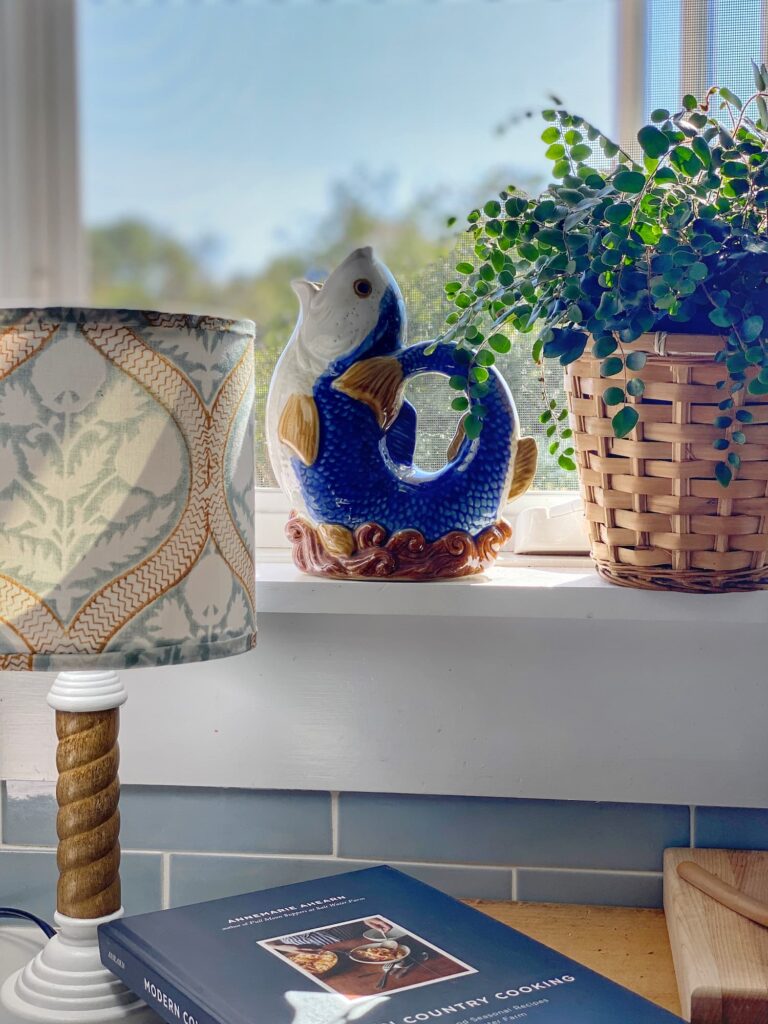
AROUND MY HOME
I transformed this little lamp I found at the transfer station by painting the top and bottom of the base and covering the shade in block print fabric. For this one, I covered the unfinished edges with self welting.
I have done this to several lampshades with relative success.
I say “relative”, because I am a perfectionist, and there always seems to be something small that I am not happy with when I am done.
But no one else would probably notice. And overall I love the way they turned out.
So, really, this is an easy project.
There are a number of methods if you search on the internet. All they really require is some kind of adhesive — a glue gun, tacky glue, spray adhesive.
The tricky part for me is finishing the raw edge on the inside of the shade. I have used variously a ribbon, binding, and sewed a hem.
As I mentioned above, a drum shade is easiest to cover, because it is just a straight piece of fabric.
Tapered shades require a curved piece of fabric, which can be tricky, especially if the fabric has a linear pattern on it.
Make a shirred or pleated cover
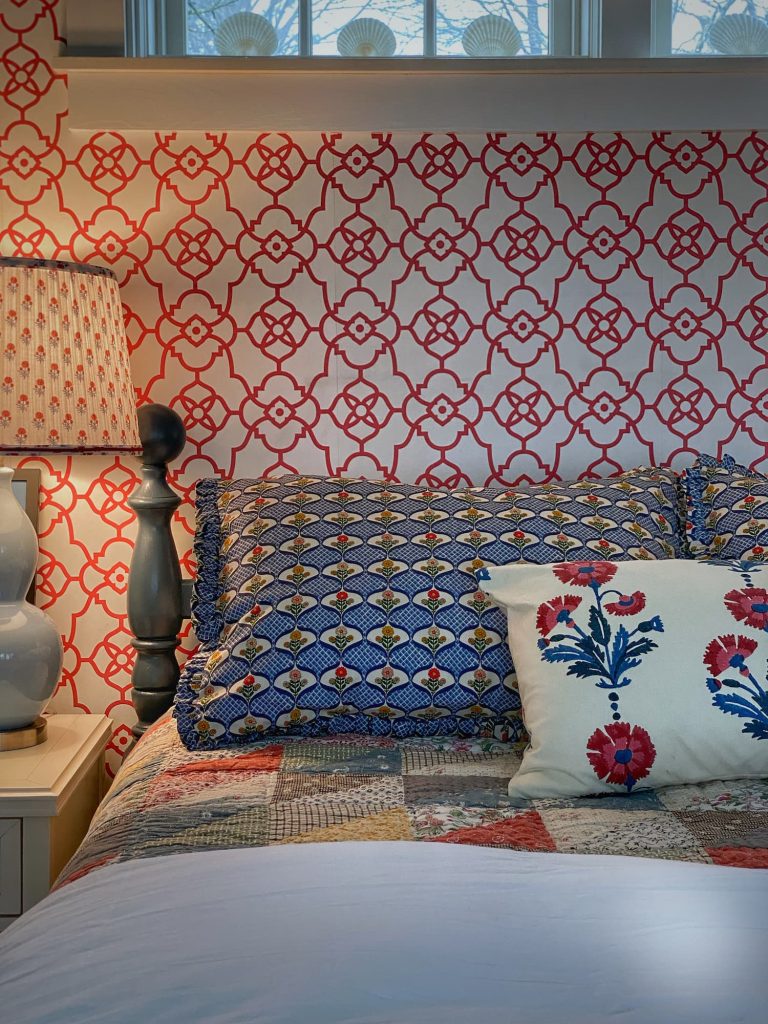
AROUND MY HOME
I have never made a shirred or pleated shade myself, but there are plenty of tutorials out there.
I will definitely give it a try one day!
This patterned shade is perfect with the simple ceramic gourd lamp.
I have never made a shirred or pleated shade cover myself.
These are a bit trickier than the smooth covered shade, but there are any number of how-to’s out there.
Marian, aka Miss Mustard Seed, has a tutorial for a pleated shade, which would also work for a gathered one. It is funny reading the opening to her blog post. She has tried many different methods for covering lampshades, just like me, ha! It seems I am in good company!
Lampshade “slipcover”
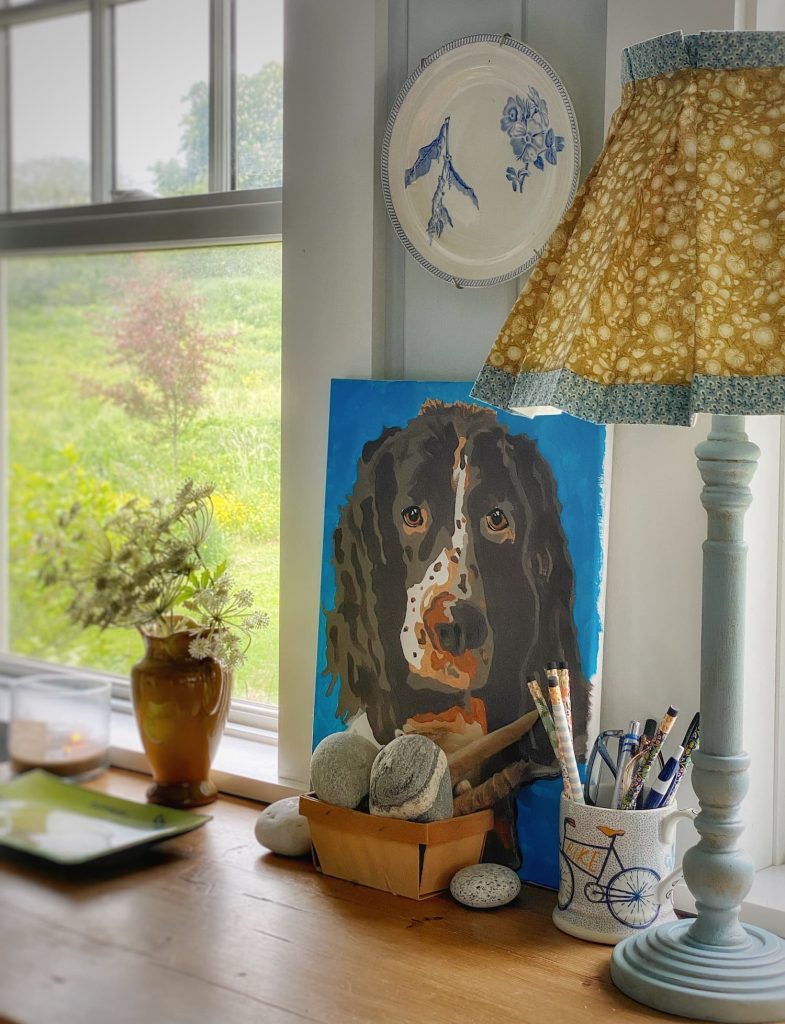
AROUND MY HOME
I am so happy with how my lampshade “slipcover” turned out!
In a special mid-week blog post next week I will be sharing all the details of how I transformed this little lamp, including a step-by-step lampshade tutorial!
I have been seeing box-pleated lampshade “slipcovers” all over the internet recently — on IG, Etsy, and at various online retail sites.
And I have to say I have become a bit obsessed with them.
So much so, that I had to give it a try…
The result is far and away my favorite lampshade transformation to date.
Now I am obsessed with my own charming little lampshade slipcover!
I will be sharing all the details of how I transformed this little lamp, including a lampshade tutorial in a special mid-week blog post next week!
Add trim

AROUND MY HOME
Tone-on-tone lace trim adds a custom touch to this simple drum shade on a lamp I got for $5 at a local rummage sale.
I kept the shade simple so as not to detract from the intricate detail of the lamp. I also like how the all-white lamp and shade pop against the dark walls.
When you don’t want to overhaul your lamp shade completely, or you just want to add a little something extra to a plain lampshade, try some trim!
You can create some definition with a colored trim, or some subtle texture with a tone-on-tone. You could even use a band of fabric for a small pop of pattern.
I picked up a beautiful white Asian-style ceramic lamp at a local rummage sale last weekend. So as not to distract from the delicate white-on-white floral design, I opted for a simple white drum shade. I liked the clean lines of the shade with the intricate detail of the lamp. To give the shade a custom look, I added a band of ivory cotton lace at the top and bottom of the shade. Easy!
Paint or stencil
If you are artistically inclined, you could paint a beautiful design on a plain white lampshade.
If your skills are more basic, try your hand at stripes, polka dots, or maybe a stencil!
Dye your lampshade
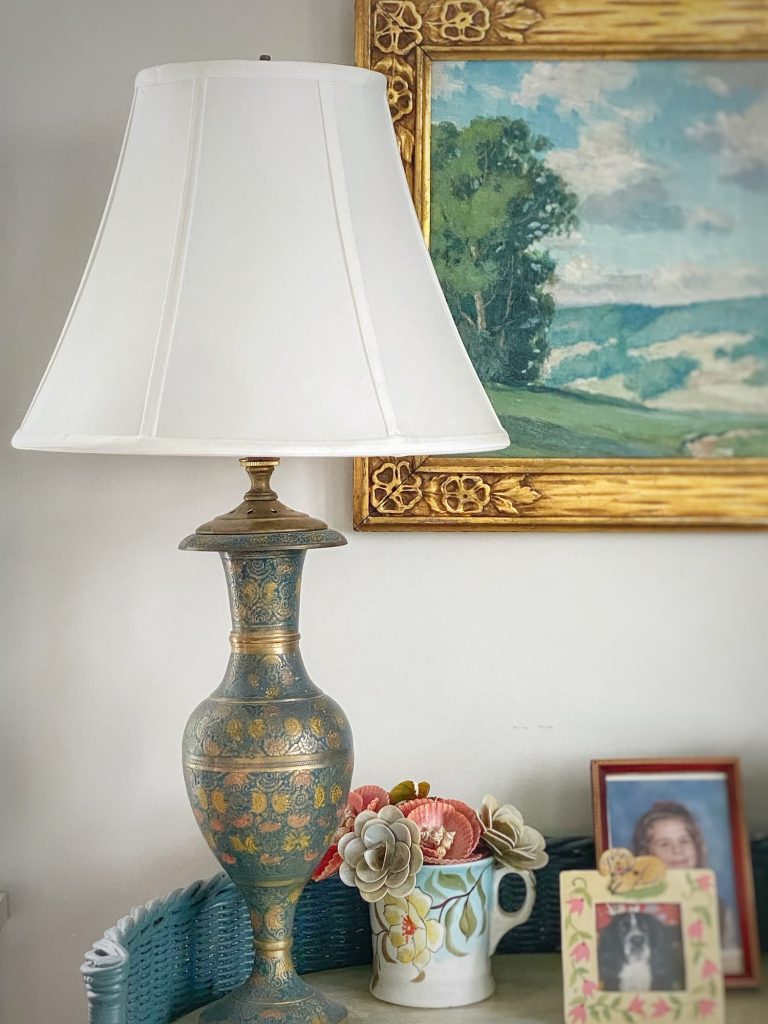
AROUND MY HOME
I am dyeing to give this shapely white shade a glow-up with some fabric dye!
The solid white shade just looks blah to me.
Someone I know on Instragram recently colored a lampshade using fabric dye. She just dunked the whole think in a bucket.
I am “dyeing” to give this a try on this little bell shade in the bedroom.
I will report back after I do!
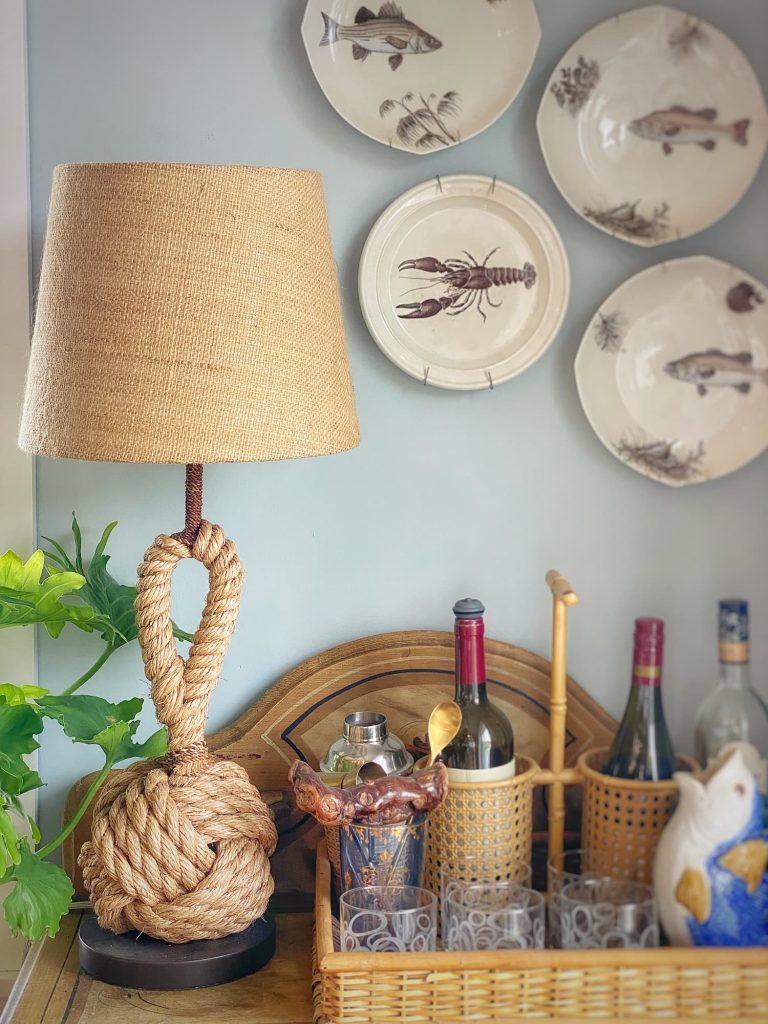
AROUND MY HOME
This nautical rope lamp was a gift, and there is so much I love about it!
But I think it needs a different shade.
First, I would love to see some pattern with the neutral base.
And second, the shade either needs to sit lower or be taller.
After reading this blog post, what do you think?
Shop Lampshades
Here are some lampshades that have caught my eye around the web!
This Week Into Next


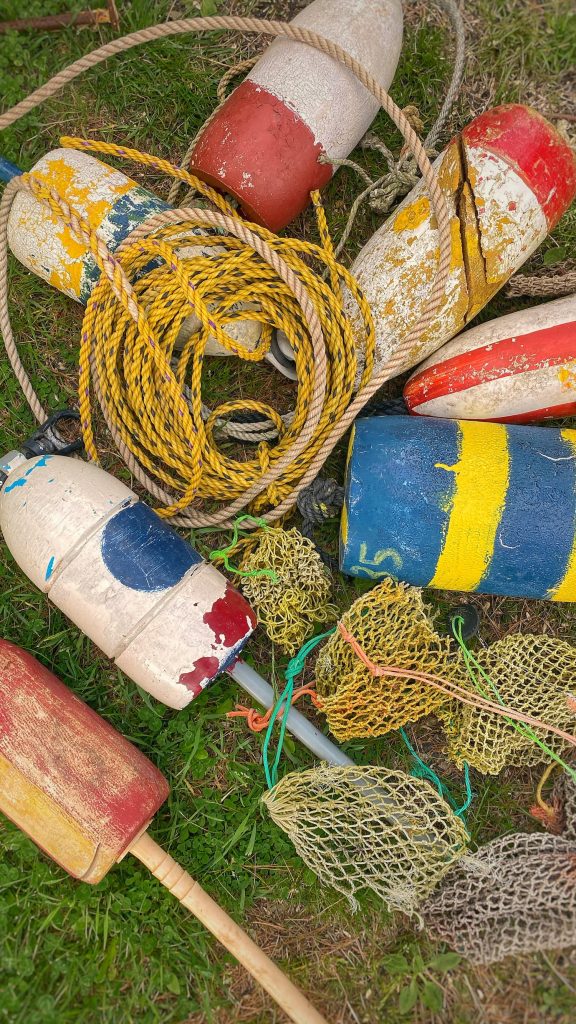
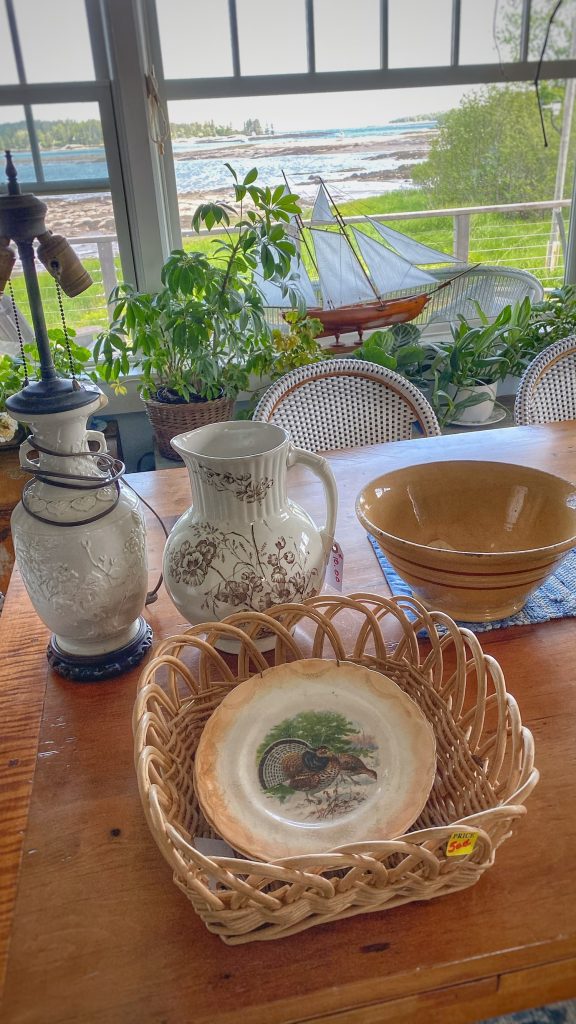
We had gorgeous summer-like weather last weekend and well into the week.
It was glorious!
On Saturday I went to the garden center and got most of my pots on the deck planted.
I also stopped by a fun local rummage sale and a classic Maine “junque” store, where I picked up a bunch of old buoys.
I can’t wait to share what I did with them soon!
Sunday evening I had some friends for drinks and nibbles on the deck.
I am so ready for deck time!
By the end of the week, though, we were back to our typical weather for this time of year — cool, wet, and foggy.
We have had such a fabulous late spring/early summer, so I am not complaining… yet!
This week In Zoe’s Kitchen, she is sharing recipes for Indian-ish Nachos and Summer Farro Salad. Zo says the nachos are “SO GOOD”. I can’t wait to give them a try!
That’s it for this week!
Be well, friends!
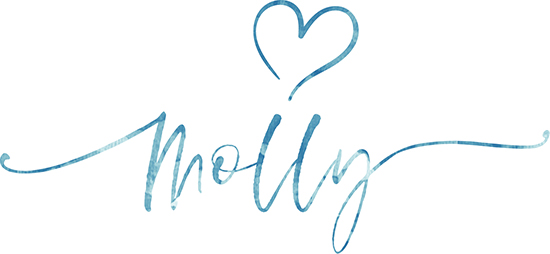

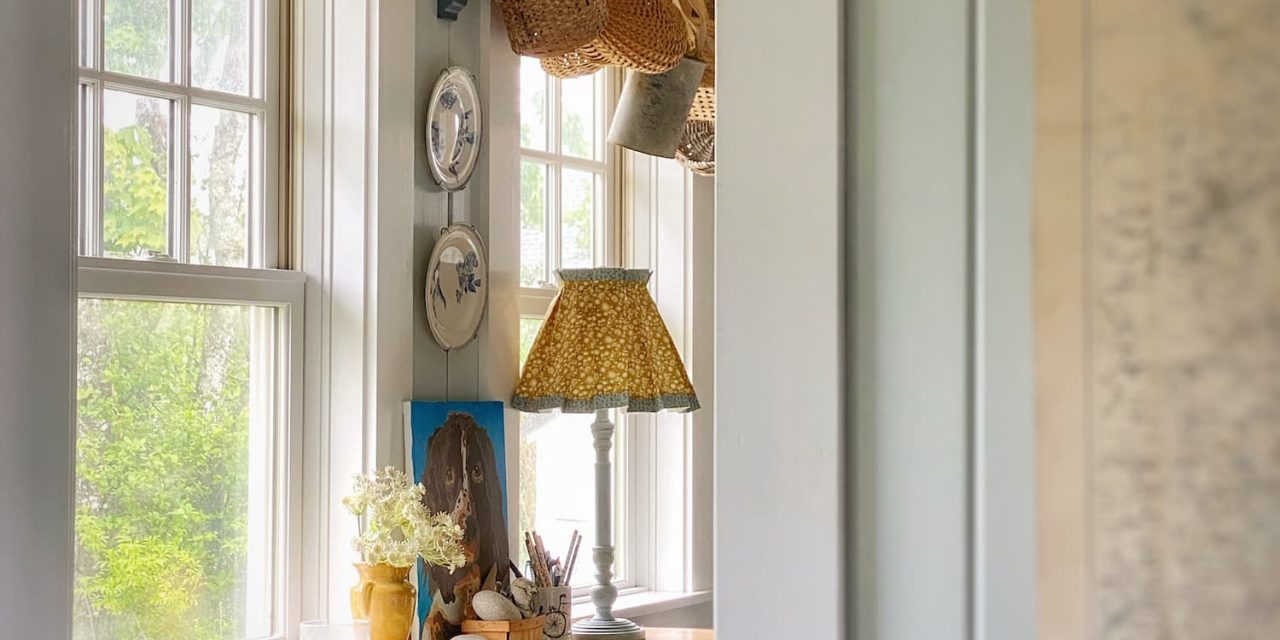

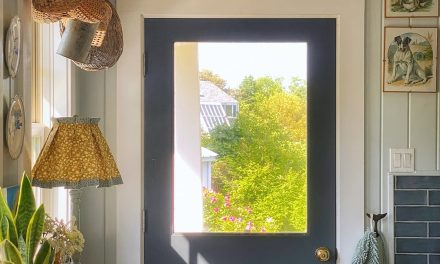

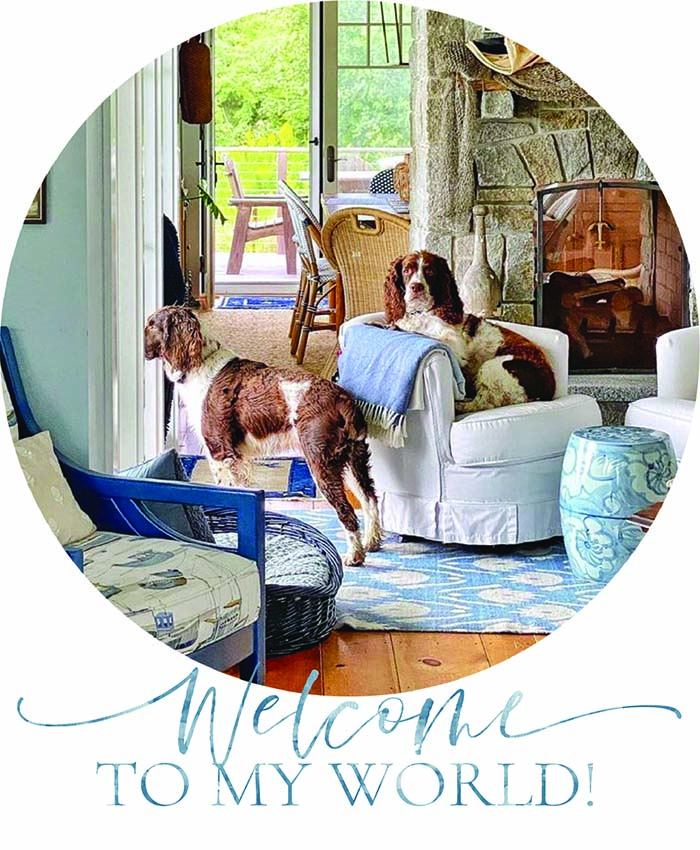
Molly,
I love your cute DIY lampshade. So many great tips and I’ll share a link on DRA tomorrow.
Hi Rachel! Thanks so much for sharing my post in your Dirt Road Adventures! I look forward to seeing what you have been up to!
Great post Molly. Very informative. I have always felt that lamps are to decor as jewelry is to an outfit. Enjoy your weekend.
Hi Suzie! Thanks for reading! I agree! And I would also say that lampshades are the jewelry for the lamp!
Molly what a great post. You’ve certainly done some research to produce a thorough tutorial on all things shade.
I have a “thing” for table lighting and I think lamps and shades can be transformative. I am really looking forward to learning how to make a shade like you’ve recently created.
We have a neighborhood kiosk much like a little library but it provides a drop off and help yourself site for household goods. This week I snagged an extra large Pottery Barn burlap lampshade and it made me so happy!
Hi Karen! Thanks for reading my post! I have always loved a fun lamp, and now there are equally fun lampshade options! What a great find you had! Always feels good, doesn’t it? I was thrilled to pick that white ceramic lamp in the Captain’s room for just $5 last weekend!
Get shady with me! Oh my gosh, Molly. It may be the jet lag, but I can’t stop laughing. Lamp shades are game changers and something I never thought much about until blogs like yours came along. Although I’ve been frustrated by the boring white and ivory options. And all the drum-style shades at Home Goods. Anyway, beautiful shades can be pricey as you say and I look forward to seeing the Molly treatment in action later this week. xo
Hi Juliet! Welcome back! I hope you had a wonderful time in Italy! A lampshade redo is a small do-able project that packs a big design punch, I always have fun with them! I am impressed you got a blog post out today, even though you were gone all week. That must have taken some planning! Looking forward to reading it!
I adore lamps and shades. My you have found so many cute lamps and made so many cute shades! I have very plain lampshades but wish I had cute ones like you. Maybe sometime I will have time to try freshening up my lampshades but right now I am too intimidated! Maybe I will try my hand at it once I see your tutorial! Thanks for sharing all your info about shades!
Amy
Hi Amy! I would be happy to help you recover a shade sometime! You are very crafty, so I am sure you could do it on your own, though!
Such an informative post Molly I learned so much and so envious of your sewing skills💙💁🏼♀️
Thanks so much, Ann! I have really been enjoying sewing things for the home recently!
Who knew there is so much to learn about lampshades?! This post definitely got me thinking that I need to upgrade some of my lampshades to take them from drab to fab
I learned some things writing this blog post too! I can’t think of that many lamps you have in your home…
Molly, you make it looks so easy! This shade is so pretty, as is your lamp. I love the “make-over.”
I might have to try this…although to be honest, seeing is not my strong suit.
Thank you, Elizabeth! Believe me, this really wasn’t super tricky. You just need to pay attention to detail and sew a straight line!